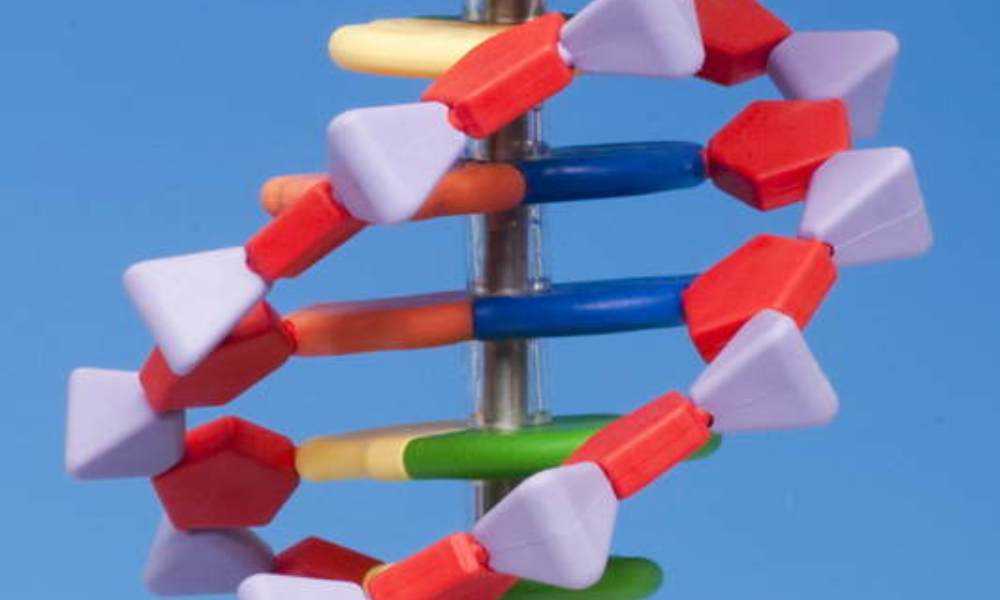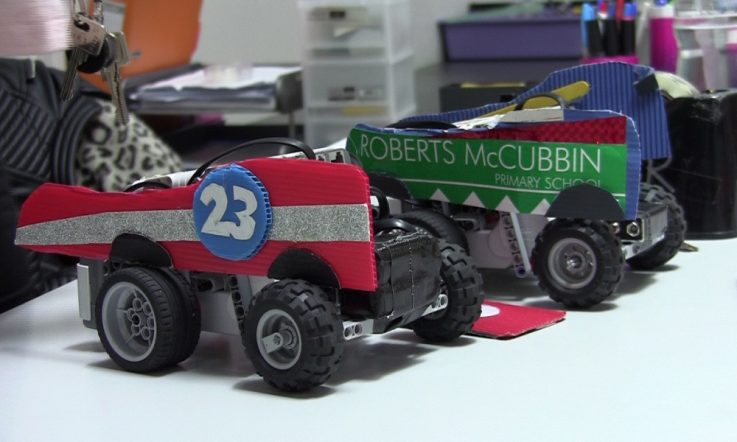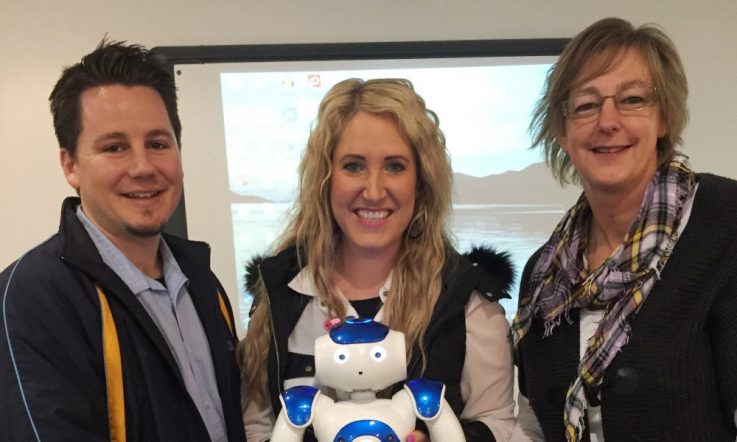Watson and Crick ‘stood on the shoulders of giants’ when they first described the three-dimensional, double helix structure of the DNA molecule in 1953.
Using research from Friedrich Miescher, Phoebus Levene, Erwin Chargoff, Rosalind Franklin, Maurice Wilkins and Linus Pauling, they used cardboard cut-outs to develop an accurate model of the DNA molecule, first discovered in the 1860s.
Part of the scientist’s role is to visualise the invisible, to explain what cannot be observed with the naked eye. As science educators, we need to perform the same role with our students, assisting them to visualise, and therefore understand molecules, processes and forces that cannot be seen.
It is imperative that students of genetics, biochemistry and biology understand the structure and function of the DNA molecule and this is best achieved by observing a three-dimensional model, or better still, creating their own model.
By creating their own model of DNA, students should understand the component parts (sugar and phosphate ‘backbone’ with complementary base pairs, adenine and thymine, cytosine and guanine) as well as the overall three-dimensional double helix or spiral structure of the molecule. Some models can also be used to model the actions of DNA ligase, the polymerase chain reaction and the processes of replication, transcription and translation.
This can be achieved in a school classroom using modular kits or commonly available materials such as pipe cleaners and plastic beads; toothpicks, marshmallows and soft lollies; polystyrene balls and skewers, or ice-cream sticks and string.
This WikiHow site describes the materials and method required for three different models, while this worksheet and paper template includes instructions and questions for students to color in and paste together their own model DNA.
However, if you would prefer to purchase a ready-made kit, here are my thoughts on some of the options.
The K’NEX Model DNA, Replication and Transcription Kit includes phosphate groups, deoxy and ribose sugars and hydrogen bonds, allowing students to model the processes of replication and transcription with sturdy, colour-coded pieces. This kit is durable and ideal for use with secondary school students, but does not easily show the three-dimensional double-helix structure.
This is my preferred model for my senior Biology classes as students can observe and physically manipulate the molecule pieces. By finding and attaching the complementary base pairs, students understand that adenine can only pair with thymine, and cytosine can only pair with guanine.
From these models, it is easy for students to visualise how a set of three base pairs from a messenger RNA molecule (codon) matches with a particular amino acid. The mRNA sequence is thus used as a template to assemble - in order - the chain of amino acids that form a protein.
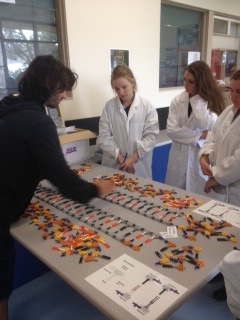
The K’NEX Model DNA, Replication and Transcription Kit (pictured above) costs $59.95 and can be purchased at Fisher Scientific.
Alternatively, the Molymod miniDNA DNA kit ($34.80) can be used to assemble a 12-base pair model of DNA. Components include colour coded bases (G, C, A and T), deoxyribose and phosphate groups, and a display stand. This kit (pictured below) shows the three-dimensional double helix structure but, in my experience, is more difficult to use for modelling the processes of replication and transcription. Prices vary between $32 and $35 (Molymod)
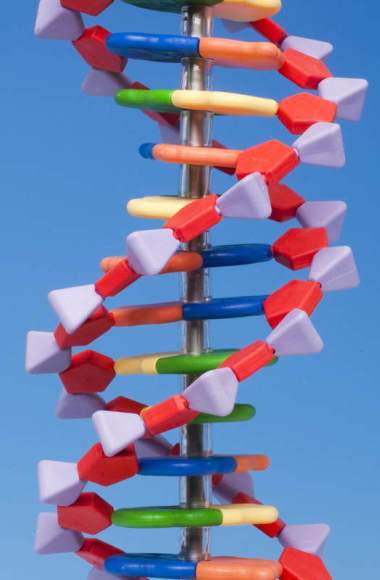
A third option is the FloraCraft Styrofoam DNA model kit (pictured below), available for $16.98. This is a pre-painted, easy to assemble model, however, I think it lacks durability. It may be useful as a demonstration model, but I don't think it would be suitable for repeated dismantling and reassembling. The FloraCraft Styrofoam DNA model kit can be purchased at Amazon.
The below image features a large foam model we have at our school, which displays the complementary base pairs, sugar and phosphate backbone and the double helix spiral. It is large enough to be seen from the back of the classroom, but too fragile to withstand repeated manipulation.
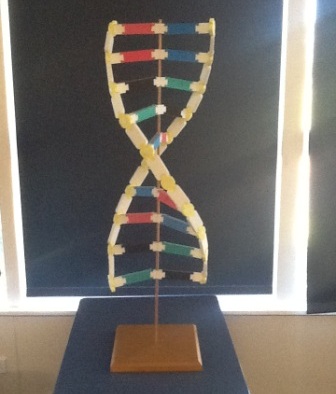
It is desirable to have a variety of models in the classroom for investigating the properties of the ‘molecule of life’, but I think the most useful are the easily manipulated kits that can be assembled and used for modeling processes, such as transcription and translation. My own Year 11 Biology students successfully used the k’nex Model DNA, Replication and Transcription Kit to assist their understanding of these processes.
The views in this article are those of the author. Teacher does not endorse any particular supplier.
Do you have a favourite resource in your classroom?
How has it helped student learning?
